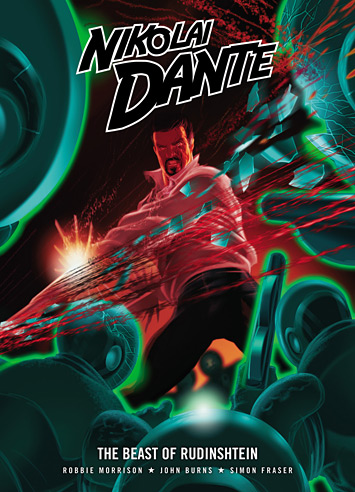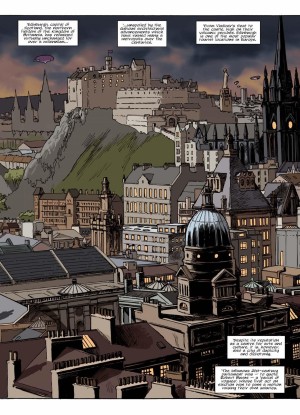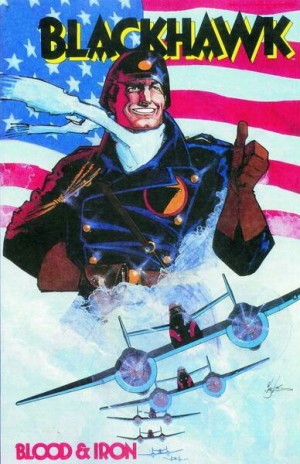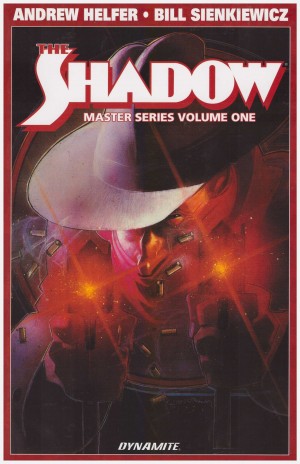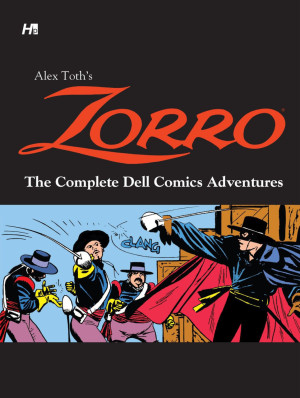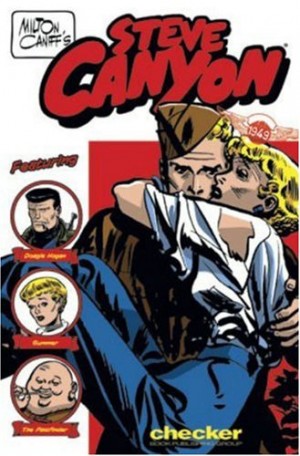Review by Jamie McNeil
On the whole Robbie Morrison is meticulous in keeping Nikolai Dante tightly knitted together in terms of plotline, but after the conclusion of Tsar Wars there were a few plot threads hanging. Morrison spends most of this collection tying up loose ends, but you are also conscious that he’s also preparing for a bit more, something that is more clearly apparent by the time you finish the next volume, Amerika.
Dante is now apparently the Tsar’s man, his sword employed to enforce his power and Dante is nothing if not an opportunist who likes being alive so exploits his new title of Lord Dante. We head back to Rudinshtein to become reunited with familiar faces, but Morrison also takes the opportunity to add depth to his leading ladies. Tsarina Jena Makarov’s childhood is explored, in particular her relationship with her mother and her subsequent disappearance, plus we discover more about the newly reintroduced Elaina Kurakin, Dante’s friend and bodyguard’s background. Familiar characters pop in and pop out, and Morrison surprises by rounding minor characters introduced earlier to help the story flow more fluently. He’s obviously preparing us for a new direction by building a foundation, but you have to admire this attention to detail.
Artist John Burns delivers some nice flourishes, going from the bleak and icy scenery of the Siberian wastes where prisoners are enslaved in gulags to a bawdy and brilliantly illustrated pastiche of Wonder Woman that again proves that he can deliver the comedy. It’s a wonder DC let Burns and Morrison away with this as it’s thoroughly irreverent in every way, but so very funny. Not all Burns’ work is consistent; his art on the title story doesn’t supply the strong horror element Morrison was going for. Elswehere Simon Fraser returns and continues the run of amazing work he started in Sword of the Tsar.
The standout is a story set in Edinburgh, Fraser nailing every aspect of his home city from Princes Street to the tunnels under the city (see sample page). One story is billed as Fraser’s work, but looks an awful lot like John Burns’ art. If it is Fraser’s it is a little disappointing, but also impressive because it shows a crazy breadth of style. If Burns, it captures the spy thriller well but feels hurried. It may just be a misprint, but is a rather puzzling predicament that leaves a slight blemish on a book that soars when at its best, but also doesn’t touch the ground at its weakest.
The Beast of Rudinshtein is a collection of short adventures rather than one long narrative, but is a must-read book regarding background to important events in the next three volumes of Nikolai Dante. It also reveals a bit more about Arkady Romanov, which is vital going into the rest of the series. Dante is finally growing up and by the end of the book we have a more thoughtful adventurer heading to the far flung shores of Amerika.
